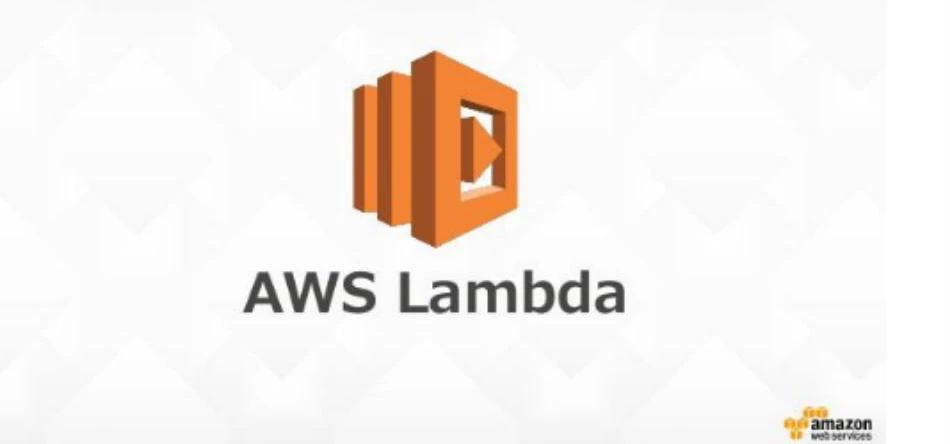
Partner Article
Serverless Architecture Computing With AWS Lambda & Java
In the past few years, serverless architecture has grown in popularity with many businesses adopting the serverless computing culture. The term “Serverless Architecture” focuses on one of the vital components of an application, i.e. the servers. The architecture in serverless computing takes a different approach as compared to the one in traditional on-premises computing. The following article talks about the concept of serverless computing and how it can benefit your application.
Going Serverless
Serverless computing is more about deploying your code, not servers. As defined by Wikipedia, “Serverless computing, also known as Function as a Service (FaaS), is a cloud computing code execution model in which the cloud provider fully manages starting and stopping of a function’s container Platform as a Service (PaaS) as necessary to serve requests, and requests are billed by an abstract measure of the resources required to satisfy the request, rather than per virtual machine, per hour.”
So, instead of purchasing, managing and scaling your servers, the new cloud model takes away the responsibility and hassles of dealing with server deployments or software installations. All you require is a managed cloud service and a computer.
Amazon was the first company to step into serverless computing. It introduced the model in 2014 as AWS Lambda and offered it as a part of its Web Services suite. AWS Lambda relies on an event-driven platform which triggers events such as signups, updates and more. When an event is triggered, it calls relevant functions which in turn runs the code. In simple words, the basic workflow remains the same: writing code, uploading it to a server for it to run, and eradicating the concerns in terms of response time, operations and so on.
The primary goal of AWS Lambda is to enable developers to build small, on-demand and event-responsive applications in the simplest way. The best way to understand it is as an outsourcing service. It not only relocates IT but also helps to reduce operational costs, allowing you to eradicate infrastructure costs as well as cut down on the cost of employing a team required to maintain your servers.
However, Amazon claims AWS Lambda to be a platform for various application scenarios. But the statement only stands true in the case of languages supported by the platform: Java, Python, and Node.js. Since Java is the most popular language used by developers to build applications and enterprise solutions, it facilitates building AWS Lambda functions using the tools you are already familiar with: Gradle or Maven. The build process also stays pretty much the same.
This is why it is easier for Java developers to invoke an AWS Lambda function after a basic setup. To build AWS Lambda functions with Java, you can either consider Java programmers for hire or check out a comprehensive tutorial by AWS on how to invoke AWS Lambda functions from Java.
Conclusion:
Amazon initiated the serverless movement through AWS Lambda, and now other tech giants such as Microsoft, IBM and Google have also begun offering the serverless model to small, mid and large enterprises. Firms from various sectors including Coca-Cola, AdRoll, Major League Baseball, Localytics, and FireEye are already using AWS Lambda. So, if you think serverless is your future, you can consider building web, IoT, and analytics applications for your enterprise. We’d also love to hear your thoughts, feedback or questions on serverless computing with AWS Lambda and Java in the comments below.
This was posted in Bdaily's Members' News section by Technoblogger .








 How to make your growth strategy deliver in 2026
How to make your growth strategy deliver in 2026
 Powering a new wave of regional screen indies
Powering a new wave of regional screen indies
 A new year and a new outlook for property scene
A new year and a new outlook for property scene
 Zero per cent - but maximum brand exposure
Zero per cent - but maximum brand exposure
 We don’t talk about money stress enough
We don’t talk about money stress enough
 A year of resilience, growth and collaboration
A year of resilience, growth and collaboration
 Apprenticeships: Lower standards risk safety
Apprenticeships: Lower standards risk safety
 Keeping it reel: Creating video in an authenticity era
Keeping it reel: Creating video in an authenticity era
 Budget: Creating a more vibrant market economy
Budget: Creating a more vibrant market economy
 Celebrating excellence and community support
Celebrating excellence and community support
 The value of nurturing homegrown innovation
The value of nurturing homegrown innovation
 A dynamic, fair and innovative economy
A dynamic, fair and innovative economy